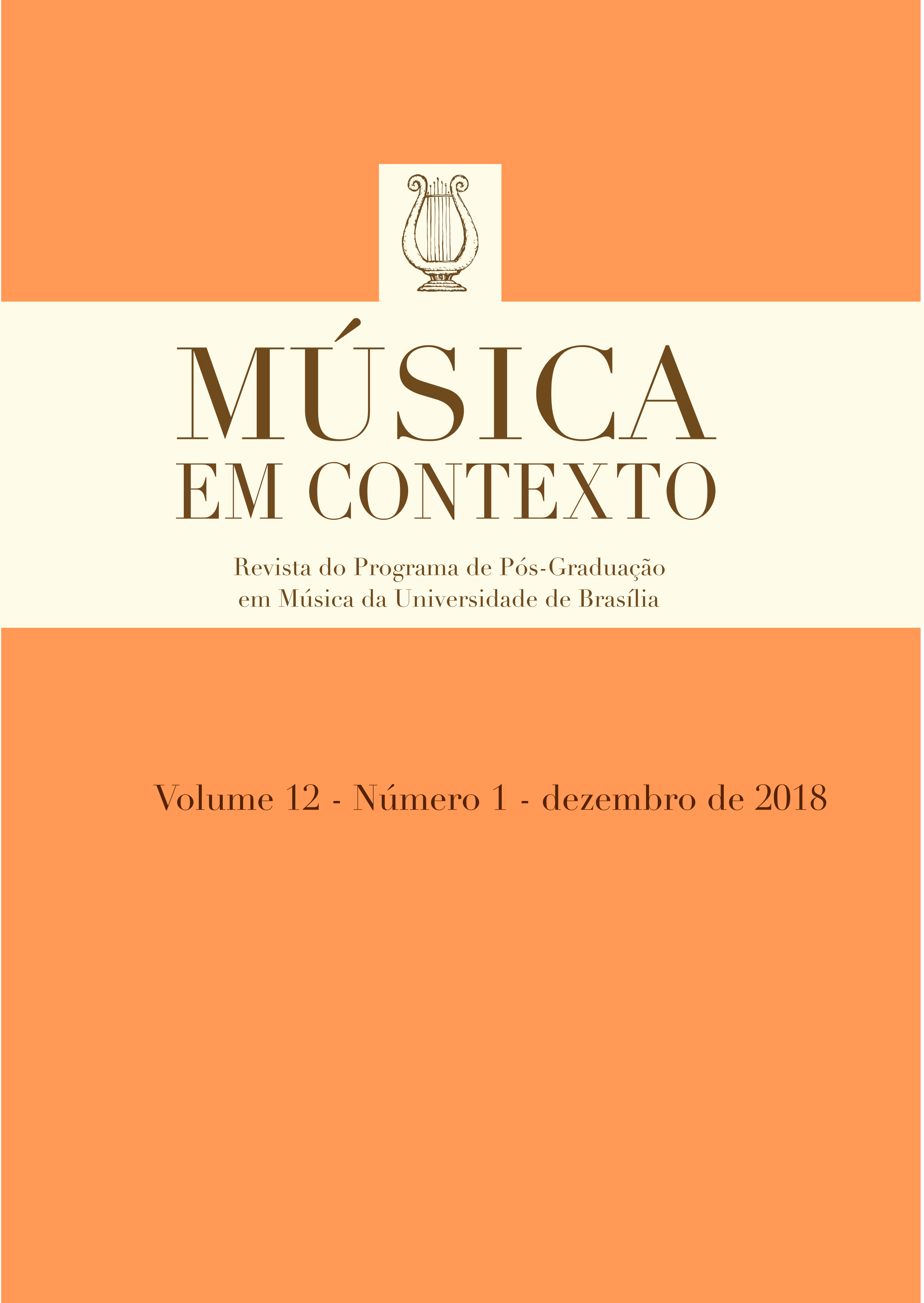Musical instruments in local taxonomies
the case of sri lankan string instruments as perceived through internet sources
Keywords:
Knowledge cultures, Online resources, Musical instruments, Sri Lanka, RavanhattaAbstract
As a mainstream Buddhist country since 300 BC Sri Lankan clergy did for a long time period not permit string instruments as Buddhist sources said listening or playing vina (lute) may cause rebirth and hinder the way to Nirvana. Nevertheless, Hindu philosophy does promote string instruments through pictures and statues of gods and goddesses. It is interesting to look at how musical instruments were categorized in Hindu and Buddhist cultures of India and Sri Lanka throughout the history until today as the guiding role of educated clergymen decreased and the globalized Internet offers other musical instruments being used or modified for many previously unknown purposes. This research aims at a historical analysis of musical instruments used in Sri Lanka seen through different perspectives such as political, religious, or mythological views. The way how they are currently presented in mostly non-institutional internet sources is included. The value system that promotes string instruments as a sign of musical development forms the background of reflections in Internet applications dealing with musical instruments. One example is the promotion of the ravanhatta, a bowed spike fiddle, which is inaccurately presented as the “first violin” of the world. Through interviews with music teachers and people who provide Internet services, the phenomenon of this multi-layered problem can be clearly addressed. In result, an alternative view on musical instruments used in Sri Lankan culture will be provided.
Downloads
Downloads
Published
How to Cite
Issue
Section
License
Copyright (c) 2018 Música em Contexto

This work is licensed under a Creative Commons Attribution 4.0 International License.



